The Mughal Seat Of Power: Agra Fort
A UNESCO World Heritage Site, the Agra Red Fort has seen many a births of Mughal Dynasty’s future kings, clandestine love stories, conspiracies, heart breaks, coronations, revolts, treachery and the rise and establishment of a powerful reign. The red sandstone edifice stands in all its strength and glory still towering over the city of Taj, Agra.
I am fascinated by Mughal history and the structures that they built which have survived in excellent condition even after four centuries. The Mughal family history with all its shades of grey is what the bestseller novels are made of…father banishing son, sons revolting, war between siblings for ascension to throne, liaisons with concubines, the envious queens, the riches, the illegitimate children, nautch girls, scheming courtiers, the quiet gory murders and what not!
Mughal history is the original Indian ‘Game of Thrones’.
Agra Fort or the Lal Qilla was originally a brick fort of Rajputs known as ‘BADALGARH’ which was won and lost many times before finally being conquered by Mughal King Akbar in 1556. It was rebuilt using the red sandstone and Akbar occupied it since 1558 making Agra the capital of Mughal empire.The fort ramparts housed about 500 buildings inside it of which few were taken down by Akbar’s grandson ShahJahan to build white marble buildings and remaining were demolished by Britishers to make plain ugly barracks.
It is here at this fort that the great Maratha Emperor Chhatrapati Shivaji Maharaj escaped from imprisonment by Mughal Emperor Aurangzeb in a laundry cart. A life size statue of Shivaji riding a horse now mounted across the fort on the tar road.
Semi circular in plan, it took almost 8yrs to complete. With double ramparts, octagonal bastions, four enormous gates and 70 ft high walls the fort was impregnable. The moats, legends say had crocodiles, lions and deadly snakes.
Despite being the most powerful rulers with mighty army and a sturdy fort, many counter attack measures were in place at the fort. Embrasures, the tiny holes from where hot oil could be poured if enemy dared to scale the walls or arrows could be shot at unsuspecting intruder dot the ramparts of the fort. There was in fact in place a secret tunnel that led from the fort to other end of the city for the royal family to escape in case of emergency. The tunnel has long been sealed by the Indian Government. It is believed that it was big enough for horse riders to gallop away.
The largest bastion has a ‘Jharokha’ the Muthamman Burj or a watch platform with white canopy which was used by the emperor to glimpse the morning sun.
Some parts of fort are occupied by Indian Army and are inaccessible. The area that is accessible is however vast enough to tire you out. Some of the important structures spread across the fort complexes are:
Jehangir Mahal:
Palace of Emperor Jehangir, the son of Emperor Akbar is a magnificent red sandstone structure accentuated with white marble inlay.
Outside the Jehangir’s palace protected by iron grill is a huge monolithic stone bathtub which was brought from some other palace of Jehangir (now in ruins) by then British army officer for sake of preserving it. The stone tub with small steps carved in has a Persian inscription ‘Hauz-e-Jehangir’.
Meena Bazar Courtyard:
Muslim Royal Women like us mere mortal women were fond of shopping perfumes, delicate fabrics, bangles, exotic spices, gems ….well almost everything! But they did not roam about in streets hailing a ‘rickshaw’ or a ‘palaki-wallah (palaki was a curtained seat atop two long wooden poles which was lifted by four men on their shoulders or fixed on elephant backs to carry royal women for travel), instead the whole bazaar was brought to them inside their palace for leisurely shopping.
A special courtyard, which now is a lawn, was used for the purpose. It has covered galleries on three sides. The roof above the galleries has two large stone seats, one of marble and another of touchstone where the king held private audience with his ministers some times. The courtyard was used by sellers to display their goods which sometimes included fine horses too. Different days were allocated for various groups of materials.
Diwan-e-aam:
Diwan-e-aam or the Court for commons is where the king addressed the public grievances. A pillared courtyard with a raised decorated platform for the king, must have been quite beautiful if the remaining embellishments on walls and ceiling are any indication. The famed ‘Peacock Throne‘ was placed on the raised platform for the king.
Khwaab-Gah (Royal Bedroom of Emperor Shah Jahan):
The white marble buildings were added by Shah Jahan, the grandson of Mughal Emperor Akbar and the one who built Taj Mahal for his beloved wife. These buildings were decorated with elaborate inlay work of precious and semi precious stone and mirrors. Small niches along all walls were used to light lamps. A rose-water fountain spread the faint aroma in the room for the king and queen to enjoy their married bliss. A courtyard outside the room was used for the performances by dancer girls.
It was in this bedroom that Emperor Shah Jahan was imprisoned by his own son Aurangzeb, who rebelled and deposed the king to shift the Mughal capital to Delhi. Delhi, since then has been the seat of power of the country. Emperor Shah Jahan spent his remaining years mourning the death of his beloved wife Mumtaz Mahal for whom he built the mausoleum Taj Mahal which was in direct sight of line of his bedroom.
Shah Jahan also added two mosques of white marble the Moti Masjid and Nageena Masjid. One of it which doesn’t allow casual visitors in the sacred area without prior permission of city authorities.
Mughal structures are a combination of Hindu and Islamic art. With the Rajputs as allies, the artisans and stone from Rajasthan were extensively used for construction. Lime-mortar was used as fixing agent. The system of interlocking the stones increased the stability of the structure.
The Mughals occupied a large part of India with their empire stretching to the present day Afghanistan with only few rulers like Nizam of Hyderabad, King of Mysore not conceding to Mughals . Agra was the seat of power with delhi playing second fiddle for quite some time.
Aurangzeb later shifted to Delhi and continued to rule over the vast empire. The Agra fort came to be used more as a political prison beginning with Emperor Shah Jahan himself.
PIN IT FOR LATER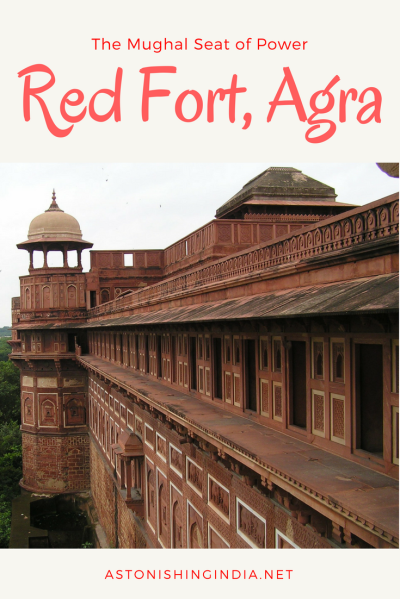 Travel Facts:
Travel Facts:
- Agra is in the state of Uttar Pradesh in northern India and is well-connected by road and rail.
- Chartered flights ply only during tourist season from October to March.
- Hotels to fit all types of budgets are aplenty.
- There is a light and sound show in the evening at the fort.
- It is always better to engage a guide within the complex for better information. Do check the government guide identification of the concerned guide.
- Within the city cycle-rickshaws, auto-rickshaws and taxis can be found easily just outside the fort.

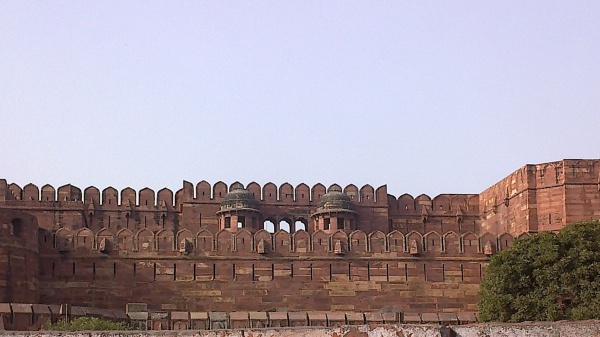


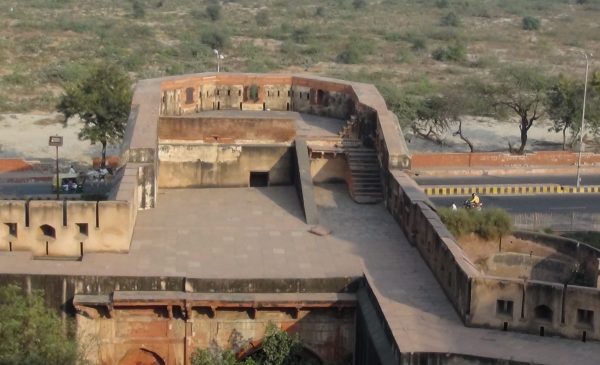
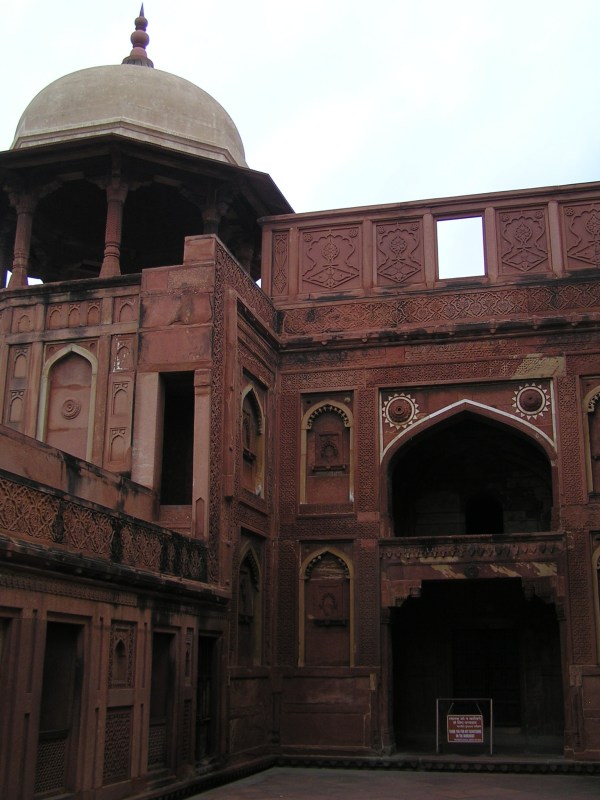
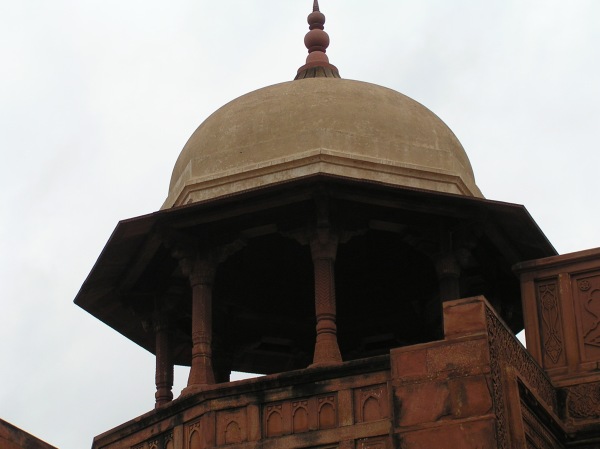
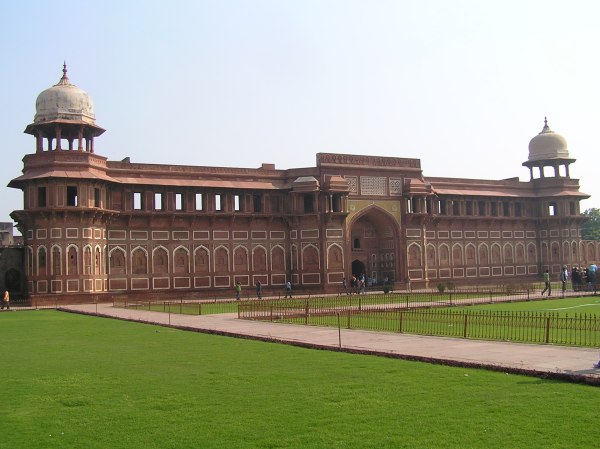
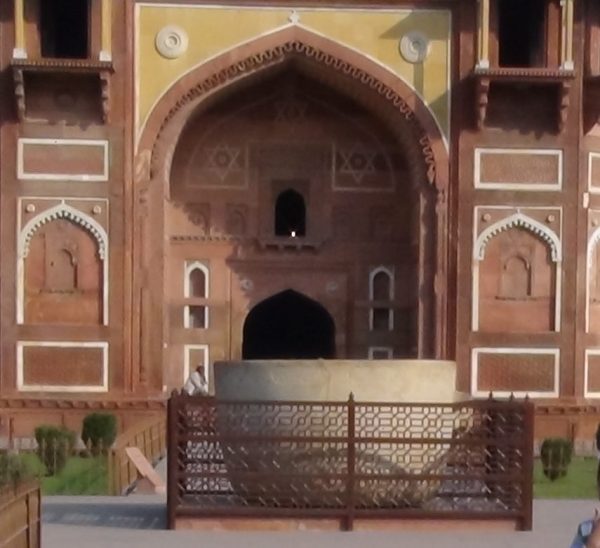
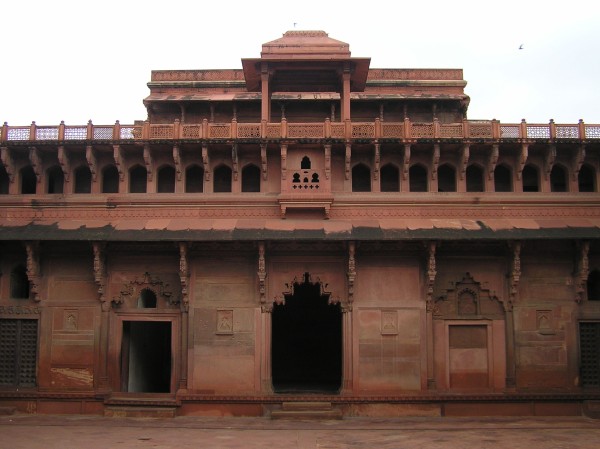
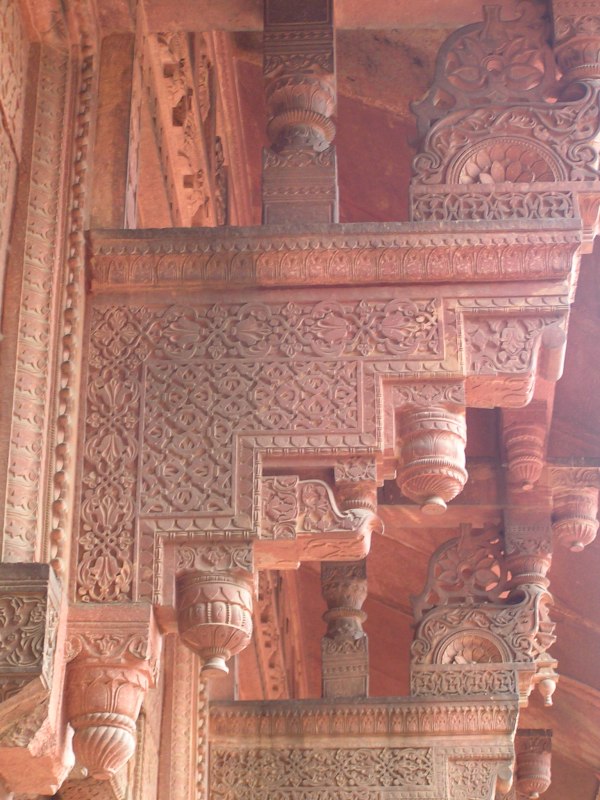
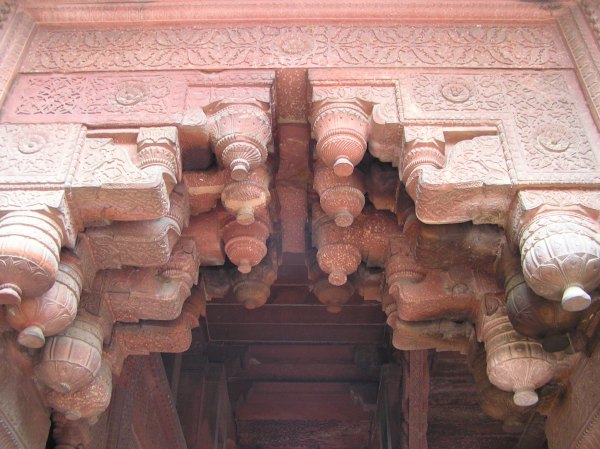
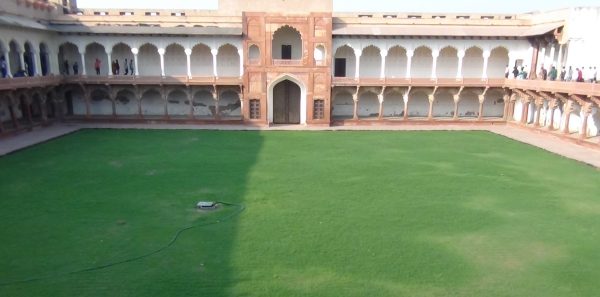
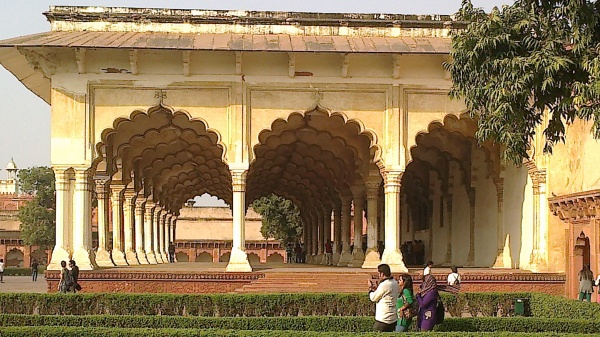


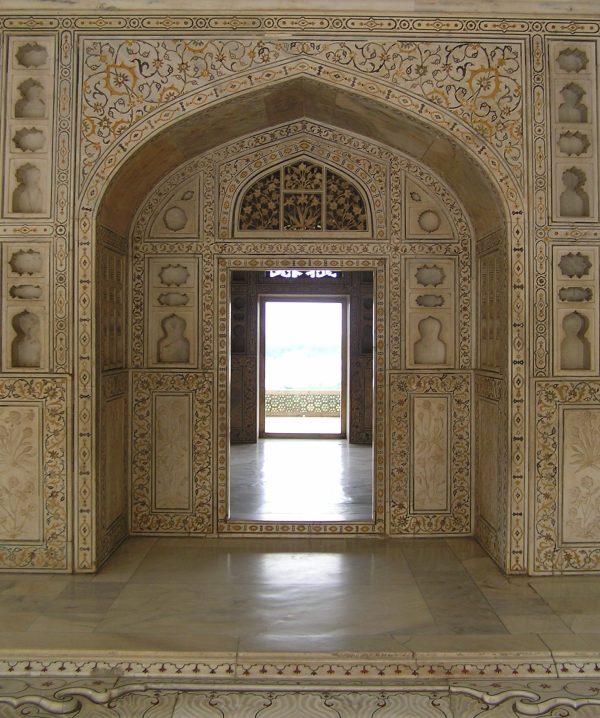

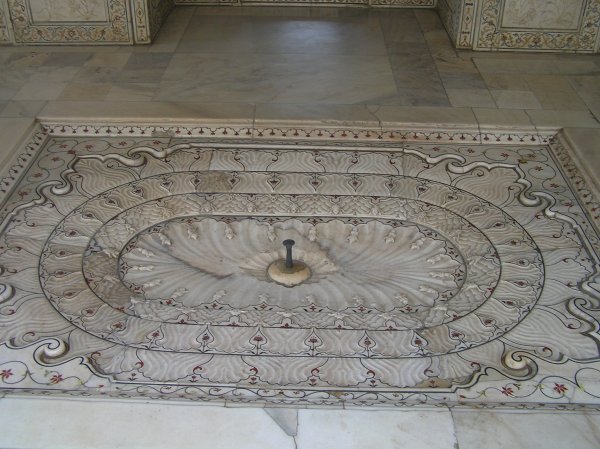
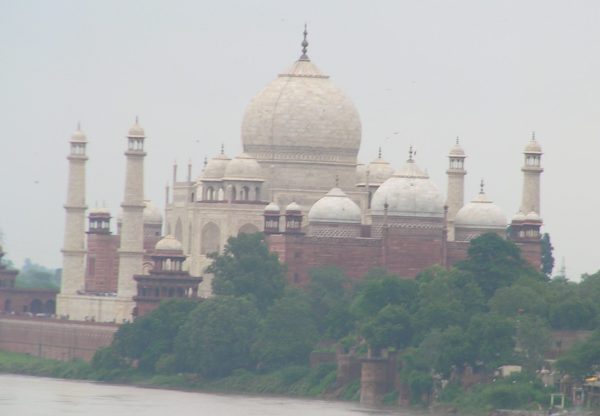
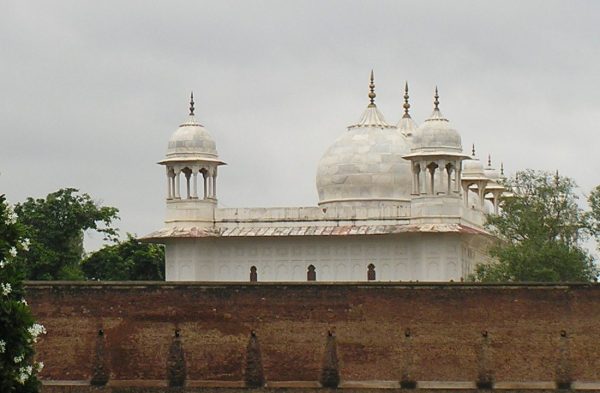
superb Coverage!
LikeLike
Thank you. Glad you liked it.
LikeLike
Well, for starters I didn’t know such rich history of this place, so thank you for such informative blogpost !
Do checkout my blog if you get time
https://notoriousmindz.wordpress.com/2018/01/18/socially-yours/
LikeLike
Beautiful photos. I particularly like the perspective in Diwan-e-aam.
LikeLiked by 1 person
Thank you Jane. You must have visited Agra I am guessing.
LikeLiked by 1 person
No, I’ve been to some wonderful countries, but not India. One day…
LikeLiked by 1 person
Oh then you must. There is such vast history and beautiful heritage all across the country.
LikeLiked by 1 person
As a traveler, we appreciate to undertake a journey with an objective of exploring the history, food habits, dress codes, tradition, rituals, etc., which of course requires a lot of ground works from reading to collection of information, and if this wonderful event is shared to the potential travelers, an amazing hobby.
The blog article authored by you is quite fascinating in the context of beautiful pics of magnificent fort in a sunny day with short description under different sections.
LikeLiked by 1 person
Thank you Pravin. Such feedback motivates me to write more. Would love to hear your opinion and feedback on more of my posts. Keep reading.
LikeLiked by 1 person
Beautiful places just love it. Thank you for your informative post
LikeLiked by 1 person
Thank you Naveed. Glad you liked it.
LikeLike
Woah! I’m really digging the template/theme of this blog. It’s simple, yet effective. A lot of times it’s tough to get that “perfect balance” between superb usability and visual appearance. I must say you’ve done a awesome job with this. In addition, the blog loads extremely fast for me on Firefox. Superb Blog!
LikeLike